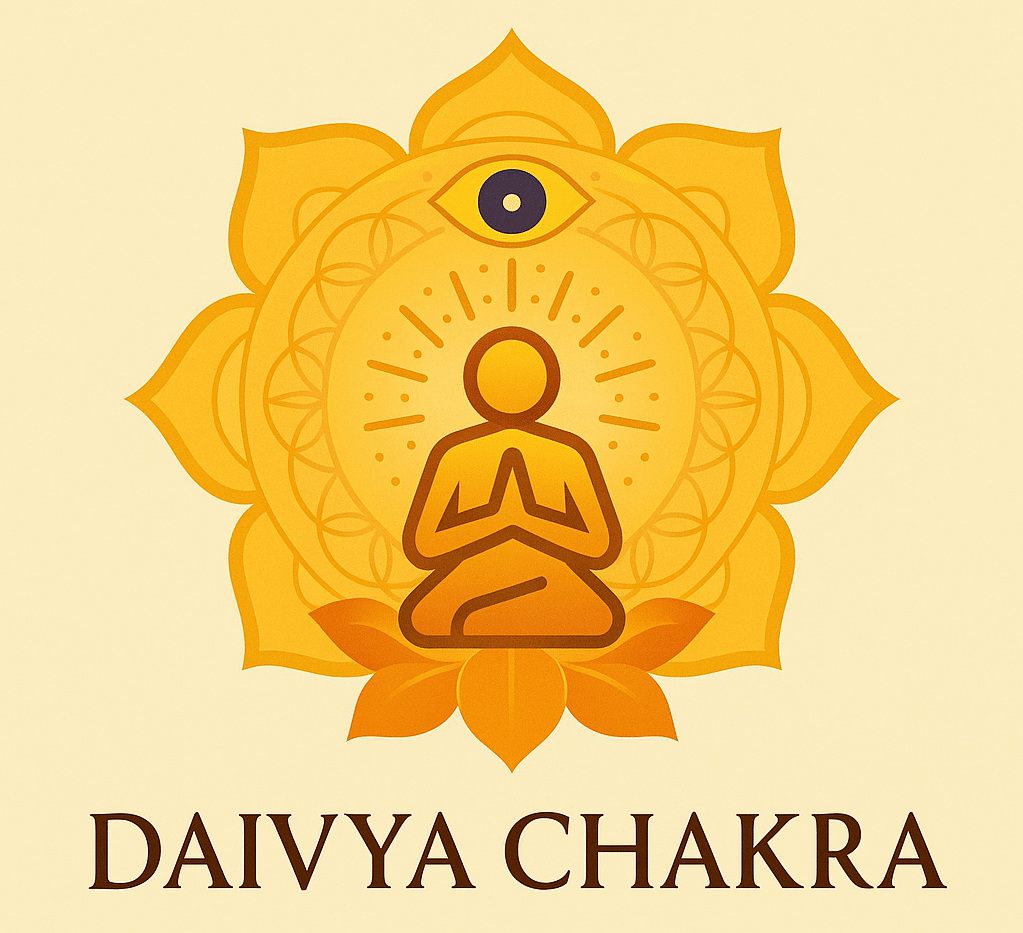Maha Shivaratri is a Hindu festival celebrated annually in honor of Lord Shiva. It is observed on the 14th day of the dark fortnight in the Hindu month of Phalguna or Magha, which falls between February and March. The name “Maha Shivaratri” means “Great Night of Shiva” and is considered one of the most significant Hindu festivals.
The legend behind Maha Shivaratri is that on this day, Lord Shiva married his consort Parvati, and it is believed that he performed the Tandava dance on this day. It is also believed that on this day, Lord Shiva appeared in the form of a Linga, which is a symbol of his divine energy.
The festival is celebrated across India and other parts of the world with great enthusiasm and devotion. Devotees of Lord Shiva fast on this day and spend the night in meditation and prayer. Many devotees also perform Rudra Abhishekam, a ritual where the Lingam is bathed with milk, honey, and water, and adorned with flowers and leaves.
In some parts of India, devotees go on a pilgrimage to various Shiva temples, such as the Kashi Vishwanath temple in Varanasi, the Somnath temple in Gujarat, and the Murudeshwara temple in Karnataka. The festival is also celebrated with great fervor in Nepal, where it is a national holiday.
Maha Shivaratri is not just a festival of worship but also a celebration of cultural heritage. It is a time when people come together, forgetting their differences and embracing the spirit of unity and devotion. The festival is marked by colorful processions, cultural programs, and feasting.
